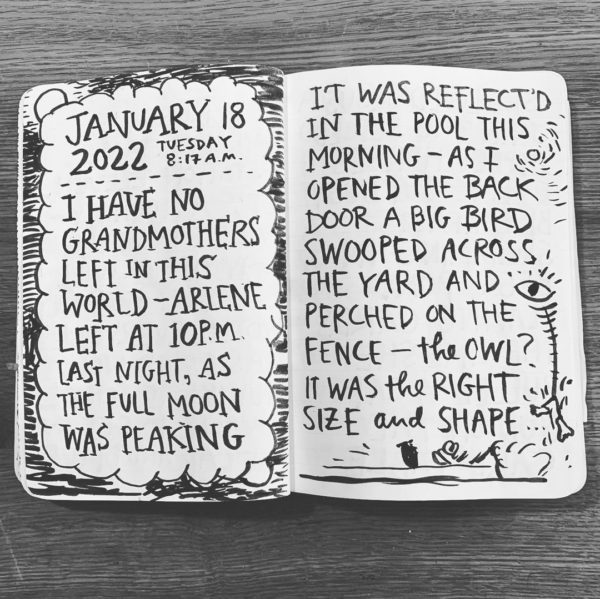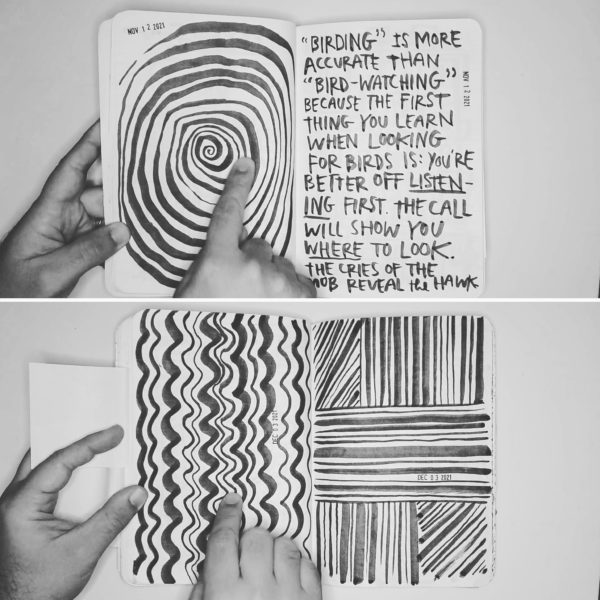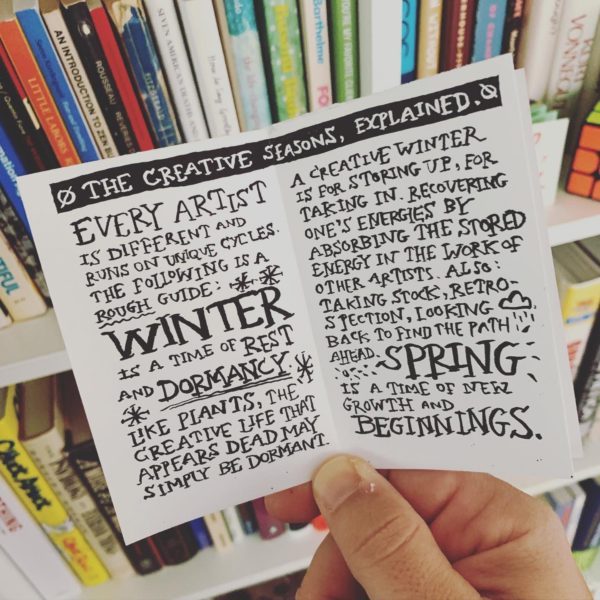“Your kids… They don’t remember what you try to teach them. They remember what you are.”
—Jim Henson
My grandma died on Monday night. I wrote these pages in my diary yesterday morning, and reflexively, almost without thinking, posted them on my Instagram. Since then, I have been awash in kind condolences in the comments.
I was surprised by how many people mentioned how well I knew grandma. One sentiment seemed to be something like, “How nice to be known like this!”
I was blessed with grandmas who had things they liked to do and things they liked to do with me. I always took it for granted that they shared who they were with me.
This is not a given thing, having adults in our lives who love us and are willing to let us really see them.
Yesterday I re-read an interview with one of my favorite songwriters, Bill Callahan, and he spoke about his relationship with his mother:
“I never understood her,” he admits. “And I didn’t ever feel like she was being honest or expressing her feelings my whole life. As she was getting older, I begged her: Show your children who you are, because we want to know before you die. She couldn’t do it. So now she’s still just an unfinished person for me.” He rubs his eyes and his spirit seems to lighten, as if suddenly struck with a pleasant memory. “We only have this time, each of us, 70 or 80 years, if we’re lucky. What’s the point of hiding?”
“Show your children who you are.” Or: Love what you do in front of the kids in your life.
It is a great gift to them, and the best way to be remembered.








